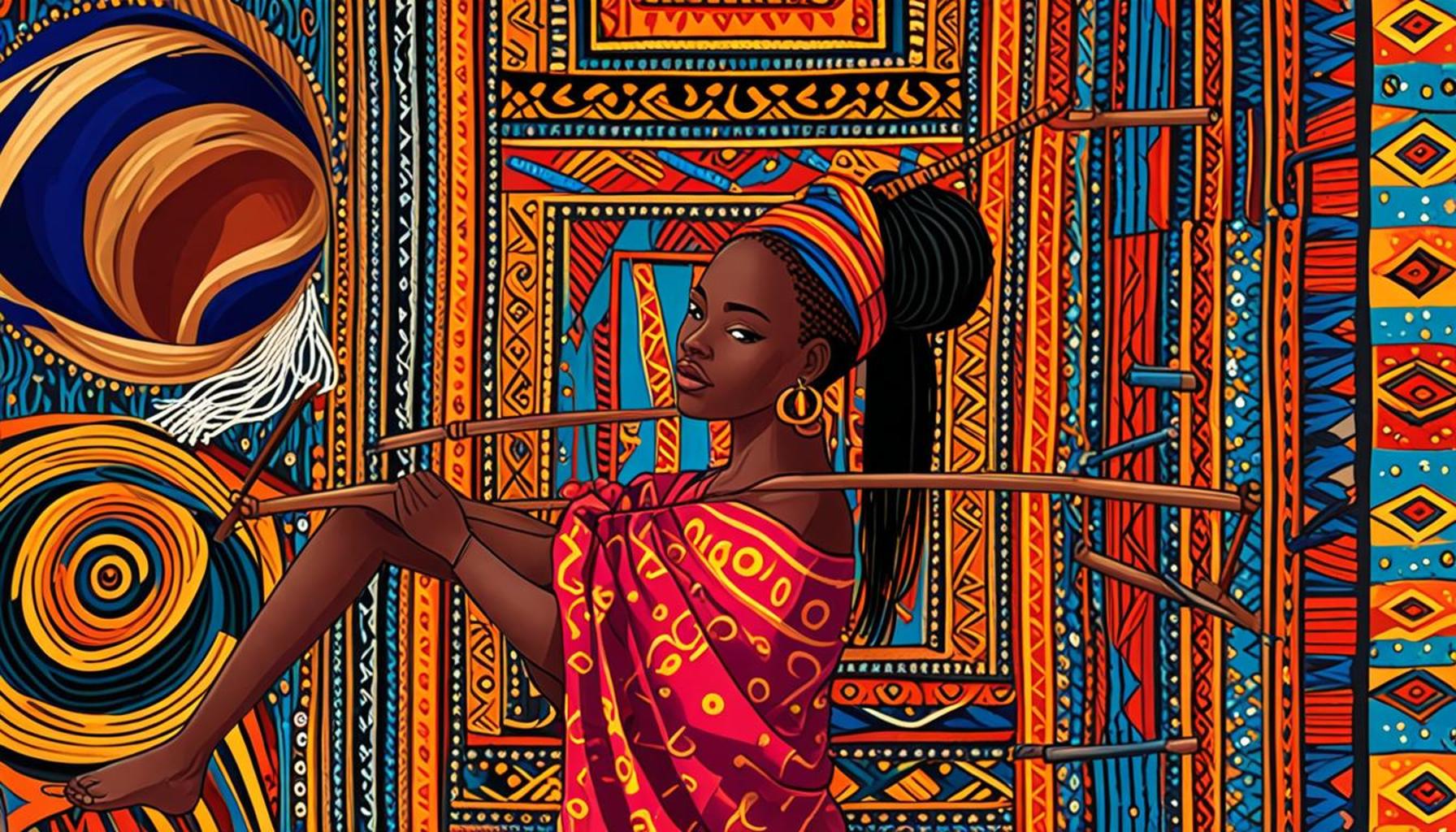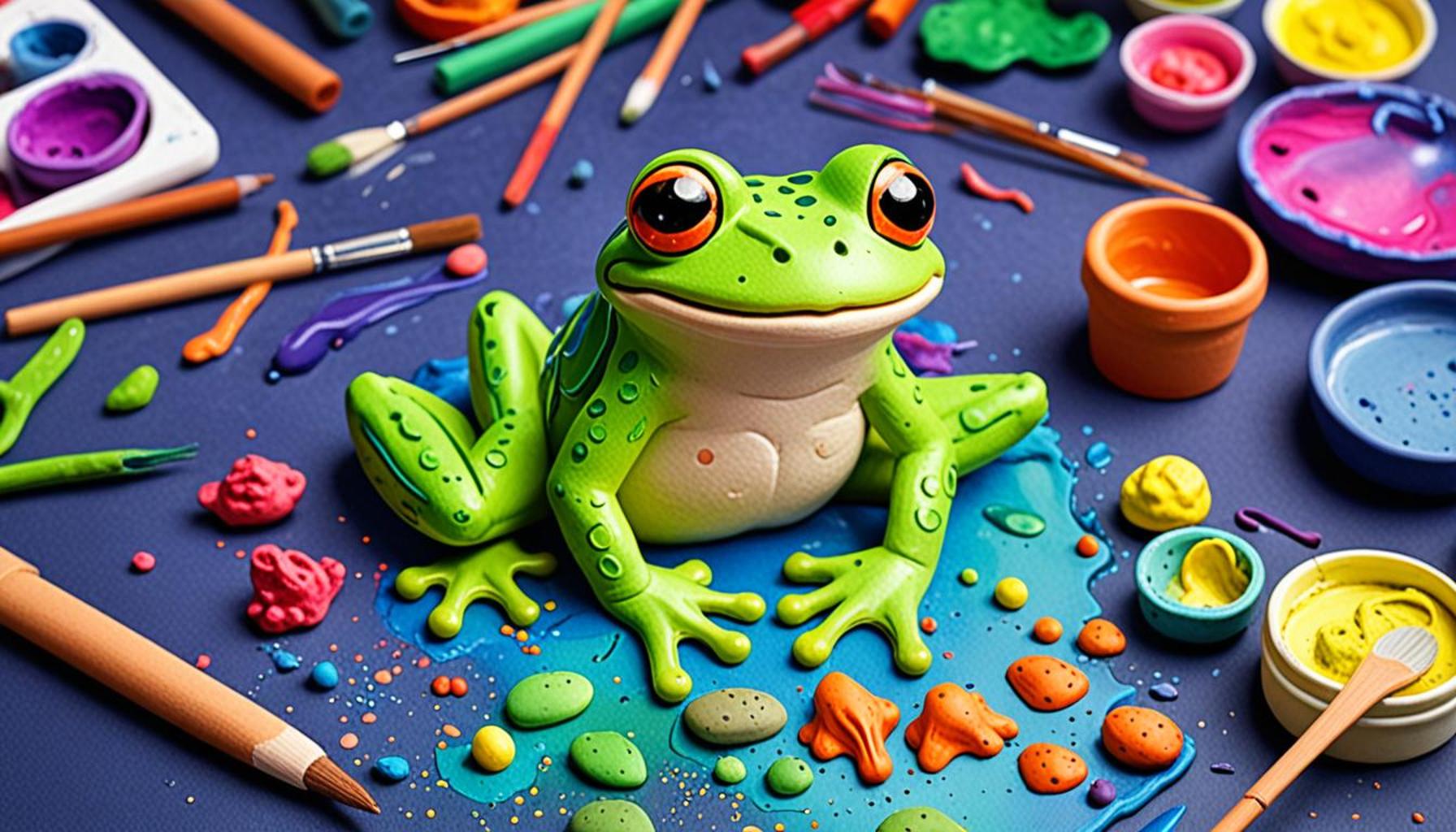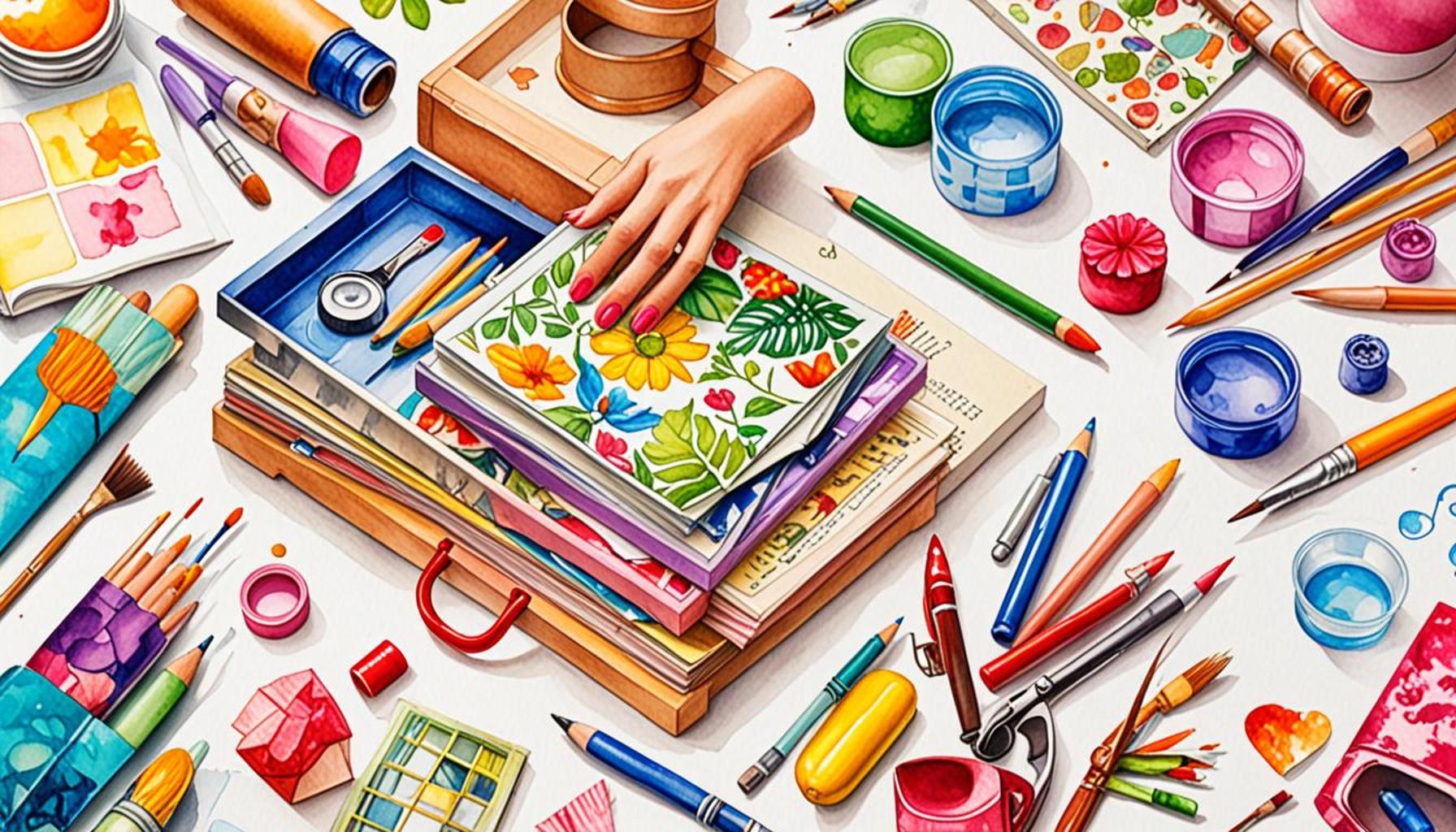The Magic of Hand Sewing: Techniques for Creating Custom Garments
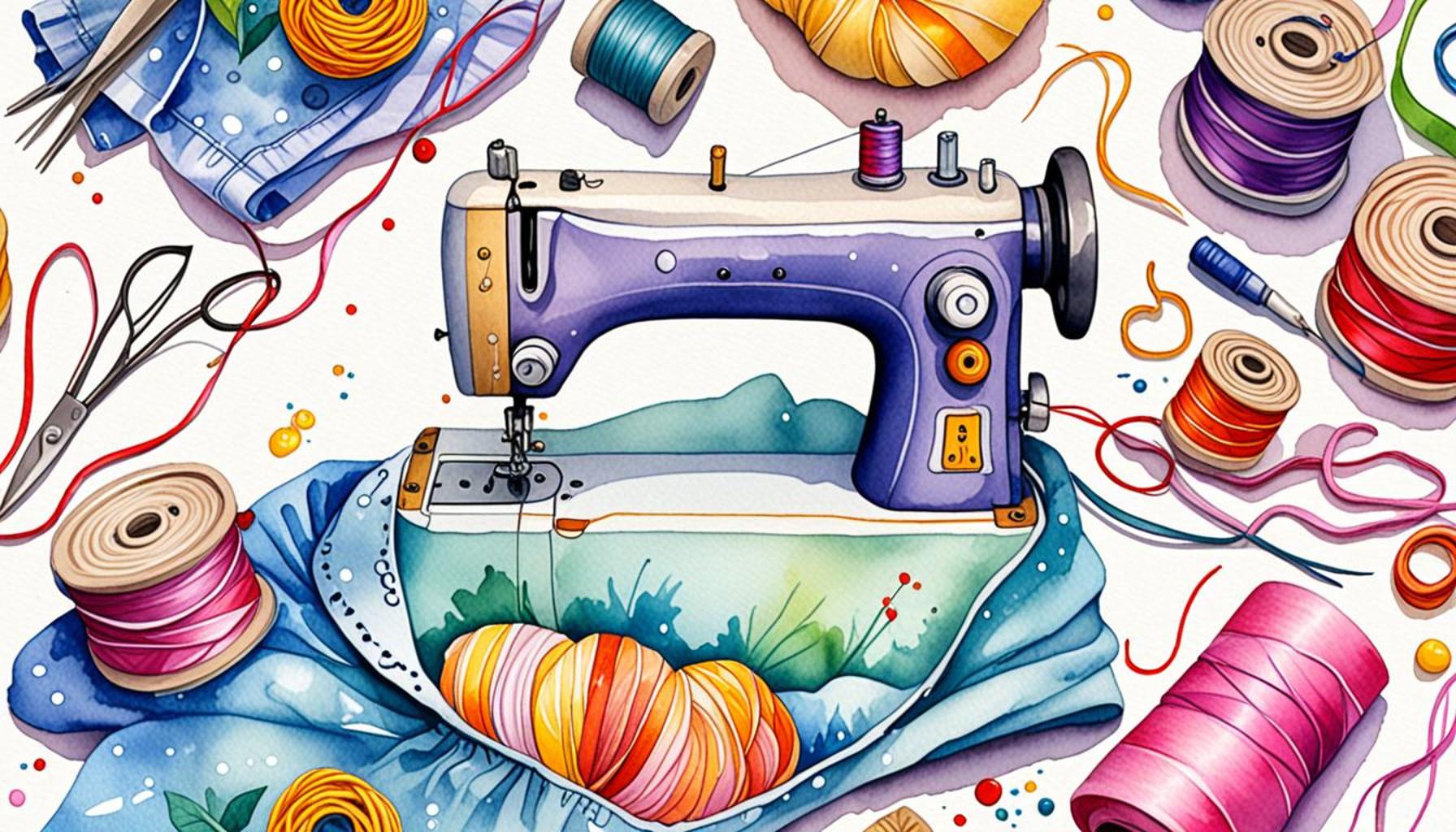
The Joys of Hand Sewing
In a world filled with the monotony of mass-produced clothing, the art of hand sewing emerges as a vibrant expression of individuality and craftsmanship. This age-old practice allows creators to connect with their fabrics and designs on a profound level, turning mere pieces of cloth into personal statements and treasured items. Crafting garments by hand fosters a sense of pride and achievement that cannot be replicated in factory-made pieces.
Engaging in hand sewing offers numerous advantages, transcending beyond just creating clothing:
- Unique Creations: With hand sewing, each creation is inherently unique. The character added by personal stitching techniques allows wearers to showcase their deep-seated stories and individuality, ensuring their garments are unlike any others in the world.
- Quality Control: Hand sewing enables crafters to pay meticulous attention to detail, ensuring high-quality finishes that machine-produced items often lack. Every stitch can be tailored to meet specific preferences, resulting in garments that fit perfectly and last longer.
- Eco-Friendly Options: Sustainable fashion is growing in importance globally, and hand sewing allows enthusiasts to choose eco-friendly materials. By opting for organic fabrics or upcycling older clothes, you contribute to a more sustainable future while expressing creativity.
- Skill Development: Embarking on the hand sewing journey promotes ongoing learning. As you navigate various fabric types, stitching techniques, and design principles, your skills flourish. This not only enhances your sewing capabilities but also enriches your understanding of fashion.
Nigeria is a treasure trove of textile heritage, with its vibrant fabrics such as ankara and buba continuously inspiring hand sewing aficionados. Ankara, known for its bold patterns and rich colors, provides limitless opportunities for creativity, from stunning dresses to tailored suits. Learning to manipulate these unique fabrics not only celebrates cultural wealth but also offers opportunities for modern fashion interpretations.
As you immerse yourself in the delightful world of hand sewing, you will come across an array of techniques—from basic stitches to intricate embroidery—which elevate your clothing creations. Whether it’s the straightforward running stitch or more complex techniques like French knots, mastering these skills will escalate your craftsmanship and transform your fashion visions into a stunning reality.
Embarking on your hand sewing journey presents a unique opportunity to explore creativity while embracing Nigeria’s rich textile traditions. Are you ready to delve into this enchanting craft and transform your wardrobe into a collection of uniquely expressive pieces? The lines between fabric and personal expression blur when you take the plunge into hand sewing, allowing both your skills and personality to shine through your creations.
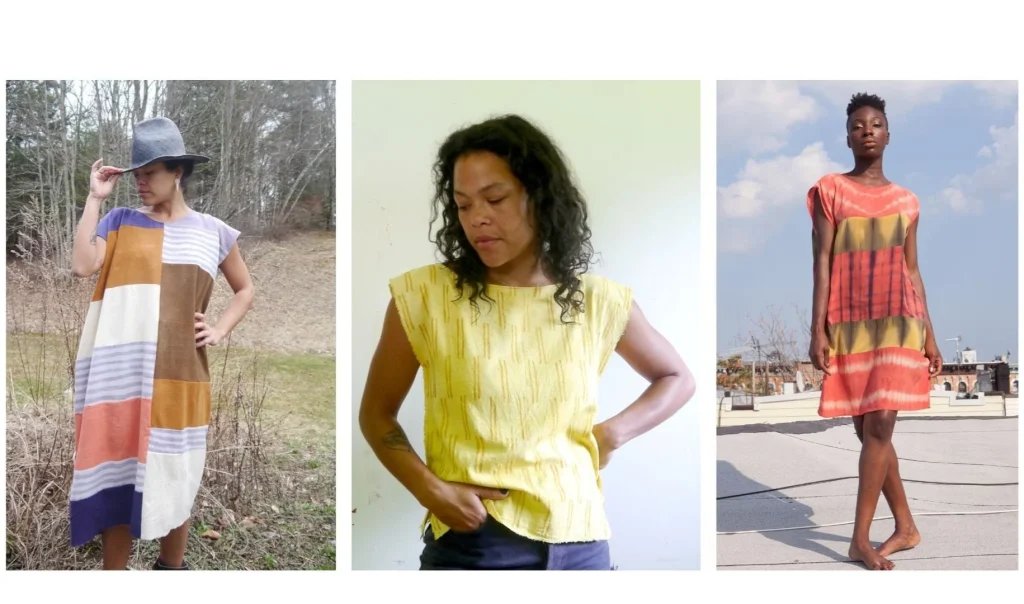
ADDITIONAL INSIGHTS: Expand your understanding here
Unleashing Creativity Through Hand Sewing Techniques
The world of hand sewing is a captivating realm where creativity knows no bounds. Within this universe, the choice of techniques plays a pivotal role in transforming standard fabric into bespoke garments that resonate with the creator’s vision. With practice and experimentation, you can unlock the full potential of hand sewing, crafting clothing that not only reflects your style but also embodies your story.
As you embark on your hand sewing journey, understanding the fundamental techniques is essential. Here is a curated list of some indispensable hand sewing methods that every enthusiast should master:
- Running Stitch: This basic stitch is the backbone of hand sewing. It involves a simple up-and-down stitching motion, allowing for versatile applications such as hems and seams. The running stitch is an excellent starting point for beginners, providing a solid foundation upon which to build more advanced skills.
- Backstitch: Known for its strength, the backstitch creates a durable seam ideal for stress points. This technique involves stitching backward over the previous stitch, resulting in a sock-stitch that links securely. This is particularly useful when working with garments that require extra resilience, like trousers and skirts.
- Whip Stitch: Often used for finishing edges, the whip stitch involves a series of diagonal stitches that create a clean, neat finish. It is perfect for hemming and can be used on delicate fabrics without compromising their integrity.
- Slip Stitch: For a nearly invisible hem, the slip stitch is your go-to technique. It allows you to secure hems while keeping the stitches hidden from view. This method is excellent for delicate fabrics, ensuring that your custom garments remain polished and professional.
- Embroidery: Adding a personal touch, embroidery allows for unique embellishments that can elevate any garment. Techniques like satin stitch, chain stitch, and French knots can be employed to create eye-catching designs, allowing you to infuse your personality into your creations.
Mastering these basic techniques opens doors to countless possibilities, igniting your imagination and fueling your desire to create. But the charm of hand sewing does not merely lie in the techniques themselves; it extends to the mediums chosen for your projects. In Nigeria, where textile artistry thrives, the significance of fabric selection cannot be understated. Fabrics like ankara with its vibrant patterns and rich history provide an ideal canvas on which to showcase your skills.
The ancient craft of hand sewing allows you to weave your cultural heritage into your designs, giving each piece authenticity and story. For instance, the tradition of combining intricate beadwork or appliqué with your hand-stitched garments can create striking layers of meaning and beauty, a testament to your roots and the stories they tell.
As you delve deeper into the world of hand sewing, your evolving skills and imaginative approaches will guide you towards crafting truly bespoke pieces. Embrace the magic of hand sewing, and transform your ideas into tangible, wearable art that embodies your individuality. Your journey into this enchanting craft awaits; are you ready to stitch your vision into reality?
| Technique | Advantages |
|---|---|
| Hand Stitched Seams | Hand stitching allows for greater precision and control, ensuring a custom fit that machine sewing might not achieve. |
| Embellishments and Details | Hems, decorative stitches, and personalized touches can be added easily by hand, making garments unique and tailored. |
Hand sewing opens a world of possibilities for creating garments that are not only beautiful but also functional. With techniques such as hand-stitched seams, you can manipulate fabric in ways that ensure a truly customized fit. Unlike machine sewing, which can sometimes restrict your options, hand sewing gives you the freedom to make adjustments while working directly with the fabric, allowing for seamless integration of curves and contours. Additionally, embellishments and decorative details can be added through hand sewing, fostering the creativity necessary to transform a simple piece of fabric into a personalized masterpiece. Each stitch has the potential to tell a story while also permitting full artistic expression. The techniques of hand sewing allow you to innovate beyond basic sewing practices, yielding garments that are not only one-of-a-kind but also mirrors your personal aesthetic. The beauty of hand sewing lies not only in the final product but in the process itself—a meditative journey where you are intimately connected with your materials. This aspect fosters a deeper appreciation for the craft and its rich history. From vintage methods to modern adaptations, hand sewing techniques can effectively breathe life into any fabric, making it truly yours. This magic draws many into the world of custom garments, blending tradition with personal expressiveness.
LEARN MORE: This related article may interest you
Exploring Advanced Hand Sewing Techniques
Once you have mastered the fundamental sewing techniques, it’s time to elevate your craft by exploring advanced hand sewing methods. These techniques will not only enhance your skills but also empower you to create sophisticated designs that will leave a lasting impression. The beauty of hand sewing lies in the ability to manipulate fabric in ways that machine sewing simply cannot replicate, enabling you to deliver truly custom garments.
One of the most valuable advanced hand sewing techniques is the flat-fell seam. This method produces a clean finish on the inside of a garment, making it perfect for shirts and jeans. To create a flat-fell seam, you sew two pieces of fabric together, then trim one seam allowance and fold the remaining one over it before securing it with a second row of stitching. This technique is especially useful for using heavier fabrics, common in Nigerian styles, such as denim or canvas, where a clean and durable finish is essential.
Another noteworthy technique is the tack stitch, which is ideal for securing the garment’s structure while also having decorative potential. Unlike machine tacking, hand tacking allows for flexibility in placement and aesthetics. This stitch can be used to hold layers together temporarily while you work on other sections of the garment or to create beautiful overlays that enhance the overall design. In Nigeria, traditional garments often feature intricate layering, making the tack stitch a perfect companion for preserving the garment’s integrity while highlighting its beauty.
Consider also incorporating dart techniques into your sewing repertoire. Darts are essential for shaping your garments and achieving that tailored fit. They allow you to contour the fabric around the body’s curves, which is especially useful in women’s clothing. Understanding how to position and sew darts can transform a simple design into a polished, custom piece. For example, in the context of traditional attire like the buba, properly sewn darts can elevate the garment’s formality and fit, lending it an elegance that speaks to your craftsmanship.
Beyond the basics and these advanced techniques, hand sewing also invites exploration into the realm of patchwork and appliqué. These methods are not only visually captivating but also serve a deeper cultural purpose. In Nigeria, patchwork can showcase a wide range of fabrics, telling a story of community and heritage through each piece sewn together. Appliqué, on the other hand, allows for personal expression through design; you can adorn your garments with fabric cut-outs in creative shapes and patterns that highlight the rich aesthetic of Nigerian textiles.
Engaging with fabric texture and thread choice is crucial as well. Using different thread types, such as cotton, polyester, or silk, can significantly impact the look and feel of your final garment. The right thread can enhance the garment’s durability, while different textures can add depth. Experimenting with contrasting colors or metallic threads can turn ordinary seams into artistic highlights. This attention to detail ensures that the garment not only fits well but also captivates the eye.
As you explore these advanced techniques, remember to keep your cultural context in focus. Hand sewing offers a unique opportunity to intertwine modern interpretations with traditional practices, creating garments that are both contemporary and timeless. Embrace the freedom that comes with each stitch, and let your imagination guide you as you innovate in the exciting world of custom garment creation.
SEE ALSO: Click here to read another article
Conclusion: The Transformative Power of Hand Sewing
In the world of fashion, hand sewing stands out as a technique that embodies both artistry and craftsmanship. The meticulous process allows creators to explore a variety of advanced sewing techniques, each lending its unique qualities to custom garments. From the intricacies of flat-fell seams, which ensure durability, to the beauty of appliqué that showcases cultural heritage, hand sewing opens avenues for innovation and expression.
As you delve into these methods, your creations take on a personal touch that large-scale manufacturing often lacks. Through hand sewing, you have the opportunity to merge contemporary trends with traditional practices, crafting pieces that resonate on both aesthetic and emotional levels. In Nigeria, where fashion is deeply rooted in tradition and community, the significance of hand sewing is amplified, allowing for garments that tell stories that are uniquely African while embodying global influences.
Embrace the journey of hand sewing not just as a skill to master, but as a form of self-expression and cultural storytelling. As you hone your abilities, don’t hesitate to explore different fabrics, threads, and embellishments. Each element contributes to the magic of your designs, turning ordinary materials into extraordinary garments. As you embark on this creative journey, remember that the beauty of custom garments lies not only in their appearance but in the craftsmanship and passion woven into every stitch. Let your hands guide you, and let your imagination soar as you create unique pieces that celebrate your artistry and heritage.
